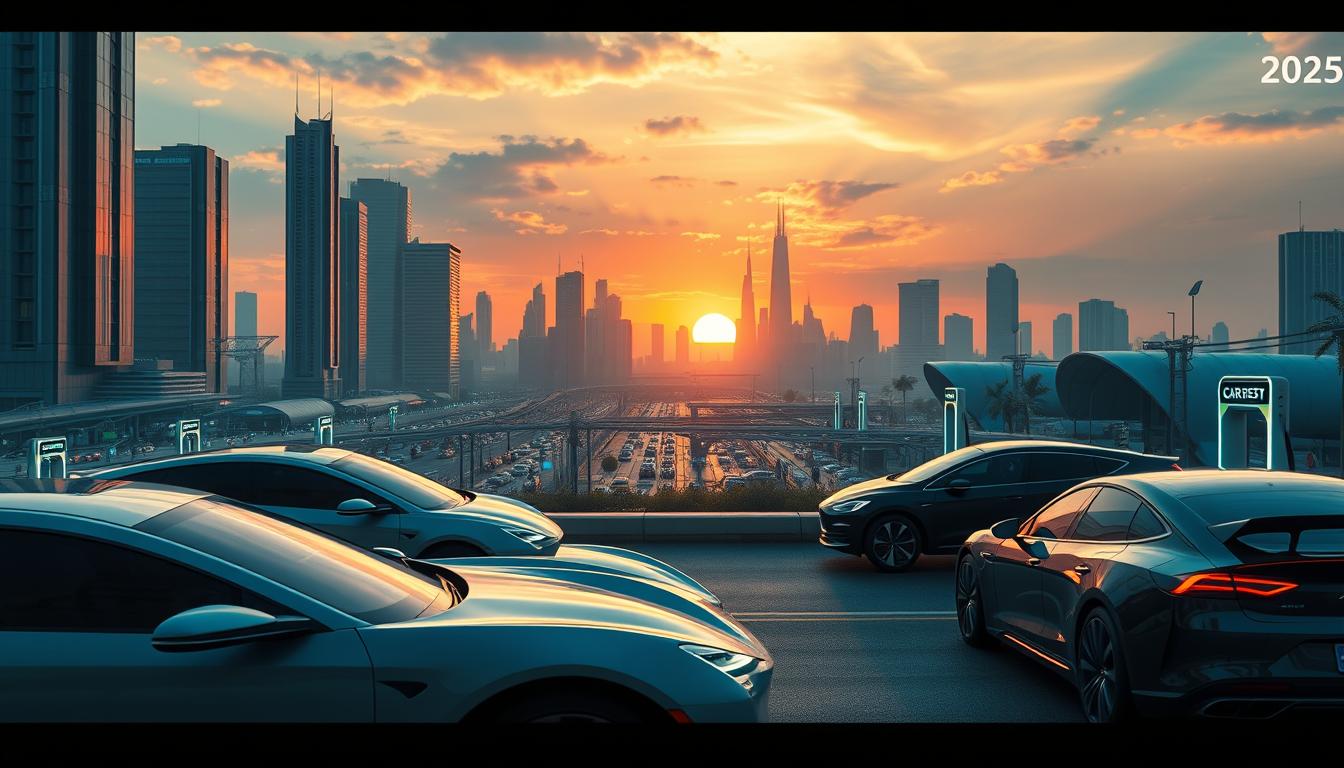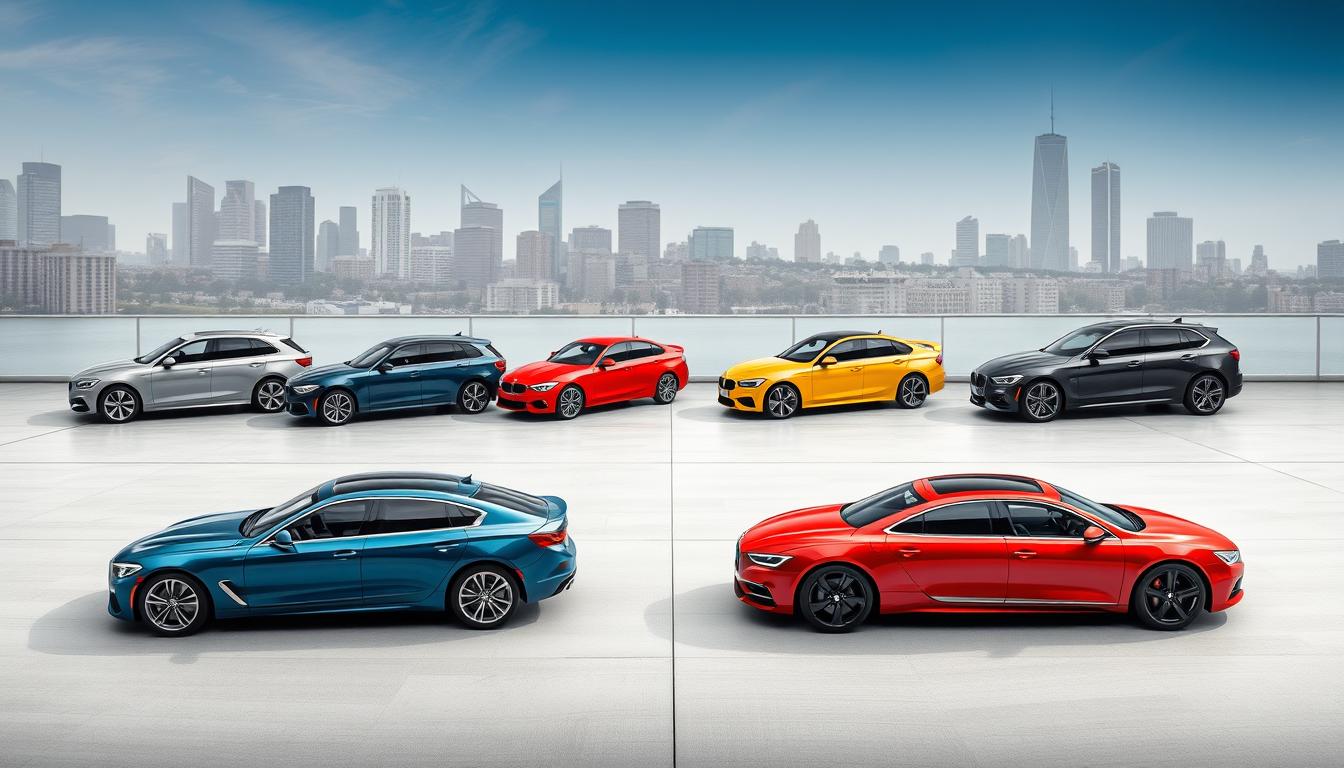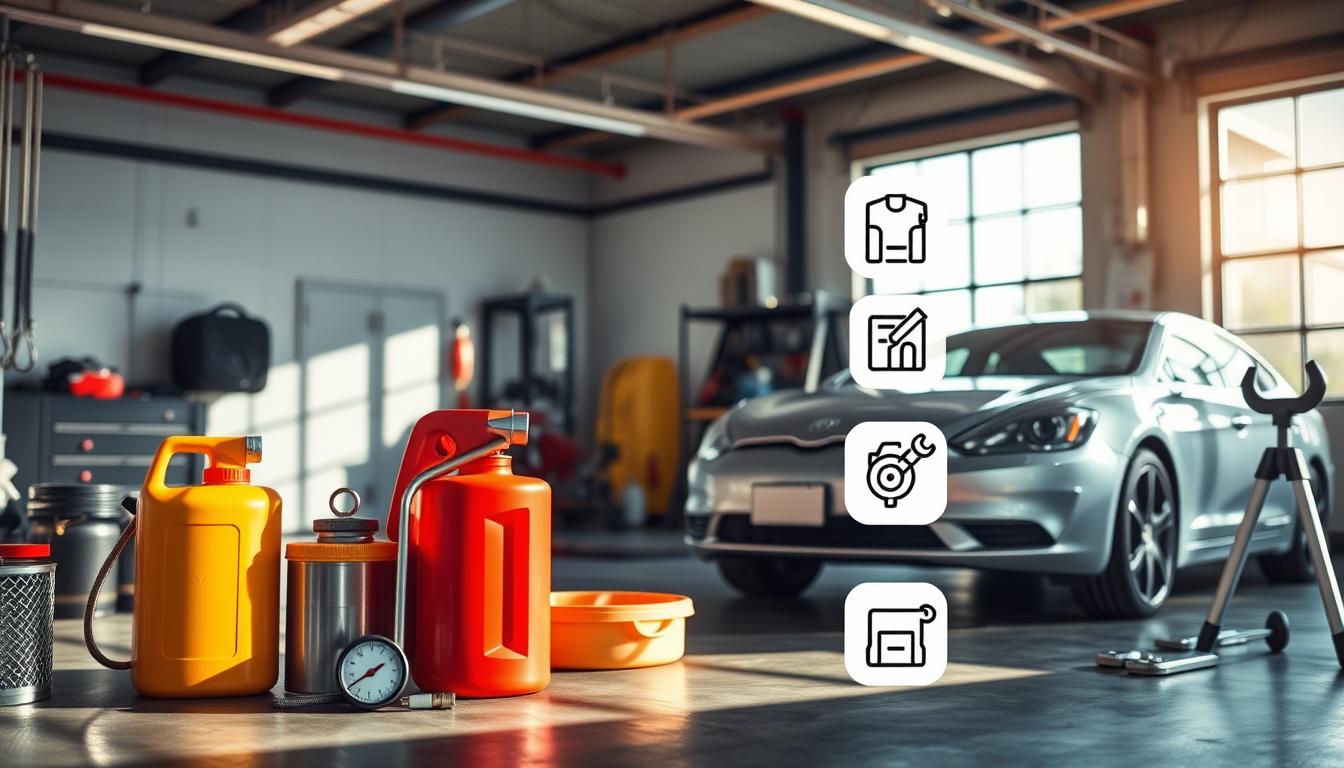The automotive industry is on the cusp of a revolution. Electrification and autonomous vehicles are transforming the landscape, forcing automakers to adapt to new technologies and business models.
We’ve seen a bumpy ride in recent years, with supply chain shortages and inflation affecting consumer spending and production costs. However, these challenges have accelerated innovation across the automotive industry.
As we move into 2025, the industry is poised for significant advancements. We’ll explore the key trends shaping the future of transportation, from software-defined vehicles to AI integration.
Key Takeaways
- Electrification and autonomous vehicles will continue to drive industry transformation.
- The automotive market is expected to see significant innovation in 2025.
- Software-defined vehicles and AI integration will reshape the industry.
- Consumer relationships with cars will evolve due to technological advancements.
- The industry’s challenges have accelerated innovation and adaptation.
The Evolving Automotive Landscape in 2025
The automotive industry is entering a period of unprecedented transformation in 2025, driven by the integration of artificial intelligence, advancements in battery technology, and evolving consumer demands. As we navigate this changing landscape, it’s essential to understand the current challenges and opportunities facing the industry.
Current Industry Challenges and Opportunities
The automotive sector is currently grappling with several challenges, including the need to meet stringent emissions regulations, invest in autonomous driving technologies, and adapt to changing consumer preferences. However, these challenges also present opportunities for growth and innovation. For instance, the adoption of AI is revolutionizing various aspects of the industry, from vehicle design to the driving experience. The automotive AI software market is expected to reach around $200 billion by 2032, indicating a significant potential for development and investment.
Why 2025 Is a Pivotal Year for Automotive Innovation
2025 represents a critical inflection point for the automotive industry as several technological, regulatory, and market trends converge. Key technologies like artificial intelligence, battery systems, and autonomous driving capabilities are maturing, and regulatory frameworks around emissions, safety, and data privacy are becoming clearer. This convergence is making 2025 a year when theoretical innovations begin to manifest in mainstream consumer products and services.
- The maturation of AI and its impact on the industry
- Evolving consumer expectations for connected, sustainable, and technologically advanced vehicles
- Regulatory clarity providing direction for automakers’ strategic decisions
Electrification: The Continued Rise of EVs
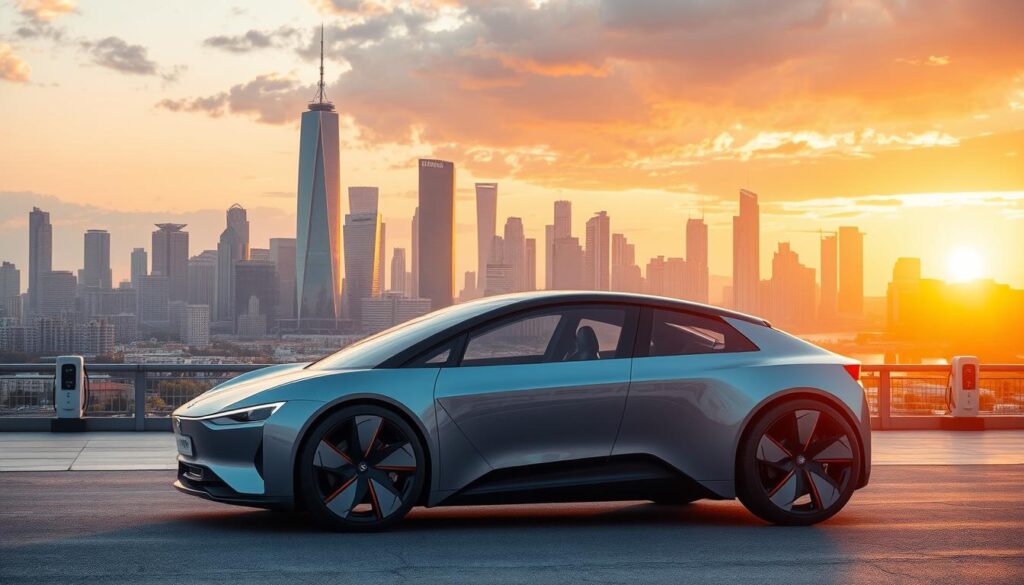
As we move into 2025, the automotive industry continues to shift towards electrification. The electric vehicle (EV) market is experiencing significant growth, driven by technological advancements, environmental concerns, and regulatory support.
Market Projections for EV Sales in 2025
Market projections indicate a substantial increase in EV sales for 2025. We anticipate that the trend of rising EV adoption will continue, with more consumers opting for electric vehicles due to their improved performance and reduced environmental impact.
Battery Technology Advancements
Advancements in battery technology are crucial for the continued growth of the EV market. Improvements in battery efficiency, range, and charging speed are making electric vehicles more appealing to a wider audience. Innovations in battery technology are expected to play a key role in driving EV adoption.
Charging Infrastructure Developments
However, widespread EV adoption depends on overcoming infrastructure challenges, such as the availability of charging stations. Key developments in charging infrastructure include:
- Charging infrastructure is expanding rapidly to support the growing electric vehicle fleet, with significant investments from both public and private sectors.
- Fast-charging networks are becoming more prevalent along major highways and in urban centers, reducing one of the primary barriers to EV adoption.
- We’re seeing innovations in charging technology that significantly reduce charging times, with some systems capable of adding hundreds of miles of range in just 15-20 minutes.
- Wireless charging solutions are beginning to emerge in commercial applications, potentially eliminating the need for physical plug-in connections in the future.
- Smart charging systems that optimize charging times based on grid demand and electricity prices are becoming more common, reducing costs for consumers.
- The integration of charging infrastructure with renewable energy sources is creating a more sustainable ecosystem for electric vehicle operation.
Autonomous Driving: From Assistance to Autonomy
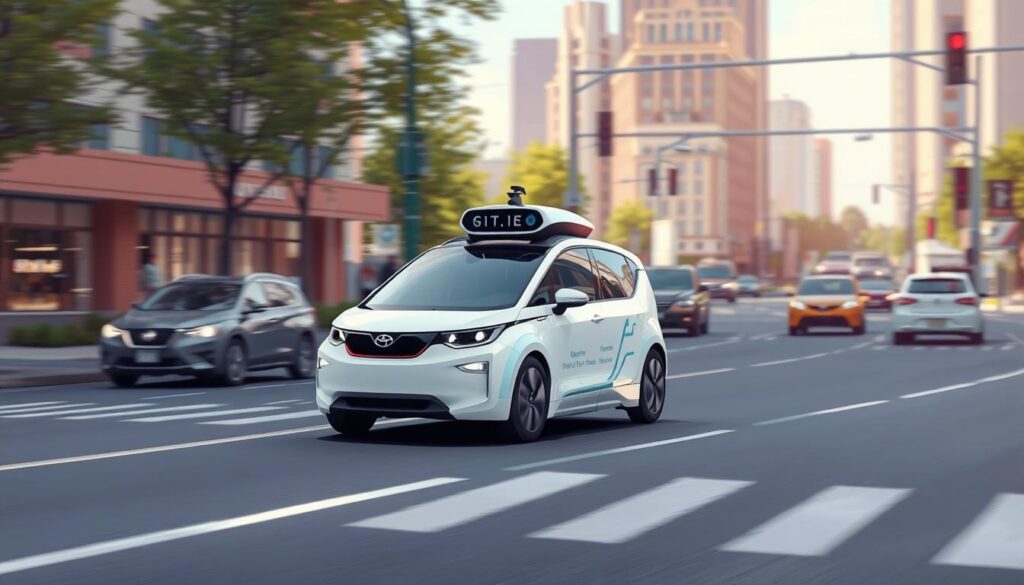
The year 2025 is poised to be a landmark year for autonomous driving, marking a significant shift from assisted driving to full autonomy. As technology continues to advance, we are witnessing a gradual transition towards vehicles that can operate without human intervention.
The Evolution of Self-Driving Technology
Self-driving technology has evolved significantly over the past few years, with major breakthroughs in sensor technology, AI, and machine learning. These advancements have enabled vehicles to better understand their environment and make informed decisions. In 2025, we expect to see further refinement of this technology, leading to more reliable and efficient autonomous vehicles.
Consumer Acceptance and Safety Concerns
Building customer confidence in the safety and reliability of autonomous vehicles is crucial for their adoption. Projections suggest that autonomous driving could save 3,200 lives and prevent 53,000 serious accidents by 2040. Demonstrations, transparency about the technology used, and increased safety measures will be essential in earning public acceptance and achieving growth.
Regulatory Landscape for Autonomous Vehicles
The regulatory framework for autonomous vehicles is evolving rapidly. Governments are working to balance innovation with safety concerns. Key developments include specific legislation for testing and deployment, clarification of liability questions, expansion of data privacy regulations, and international harmonization efforts. The auto industry is actively engaging with regulators to shape practical frameworks that enable innovation while ensuring public safety.
Software-Defined Vehicles: Cars as Digital Platforms
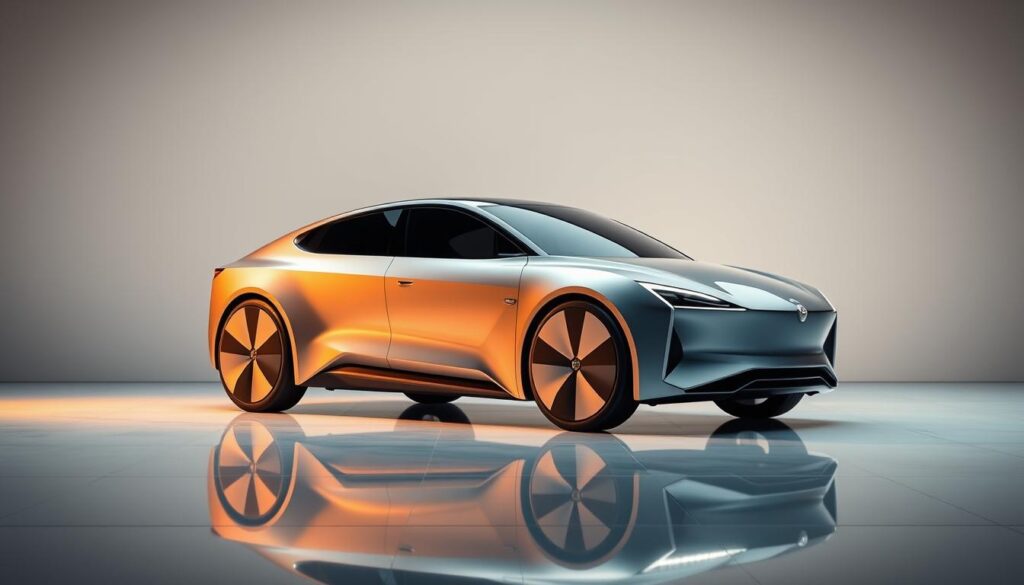
Software-defined vehicles are transforming the automotive landscape. We’re witnessing a significant shift in how cars are designed, function, and interact with users. The integration of advanced software and technology is turning vehicles into digital platforms, enhancing the driving experience.
Over-the-Air Updates and Continuous Improvement
One of the key benefits of software-defined vehicles is the ability to perform over-the-air (OTA) updates. This capability allows manufacturers to continuously improve vehicle performance, fix issues, and add new features without the need for physical visits to service centers. As a result, cars can stay up-to-date with the latest technology advancements, much like smartphones.
As noted by industry experts, “The ability to update vehicles wirelessly is a game-changer, enabling continuous improvement and ensuring that cars remain relevant throughout their lifespan.”
Customization Through Software
Software customization is enabling unprecedented personalization of the driving experience in modern cars. Drivers can now tailor various aspects of their vehicle’s behavior, from performance characteristics to comfort settings. User interfaces are becoming highly configurable, allowing owners to prioritize information and controls based on their driving style and needs.
Moreover, manufacturers are creating digital ecosystems that enable third-party developers to create applications and features for vehicles, similar to smartphone app stores. This approach not only enhances the driving experience but also provides valuable insights for future product development.
AI Integration in Automotive Design and Function
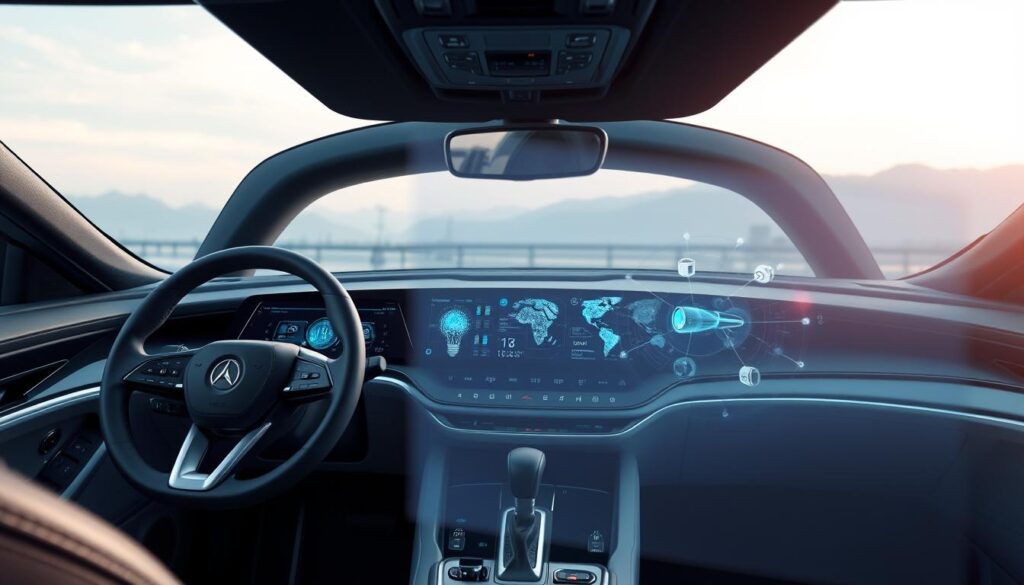
AI is revolutionizing the automotive landscape in 2025, bringing about unprecedented changes in how vehicles are designed and function. The integration of AI is not just enhancing the driving experience but also transforming the very fabric of the automotive industry.
AI-Powered Driver Assistance Systems
AI-powered driver assistance systems are becoming increasingly sophisticated, enabling vehicles to make informed decisions in real-time. These systems rely on complex algorithms and machine learning to interpret data from various sensors and cameras, thereby enhancing safety and reducing the workload on drivers.
By analyzing data from thousands of sources, AI can predict and respond to potential hazards more effectively than traditional systems, making our roads safer.
Predictive Maintenance and Vehicle Health Monitoring
Predictive maintenance powered by AI is transforming how vehicles are serviced and maintained. Advanced onboard diagnostic systems continuously monitor thousands of data points from throughout the vehicle, identifying patterns that indicate potential issues before they cause failures.
These systems can now distinguish between normal wear and actual problems, reducing unnecessary maintenance while ensuring critical issues are addressed promptly. This not only saves time but also enhances the overall efficiency of the vehicle.
Connectivity: The Internet of Vehicles
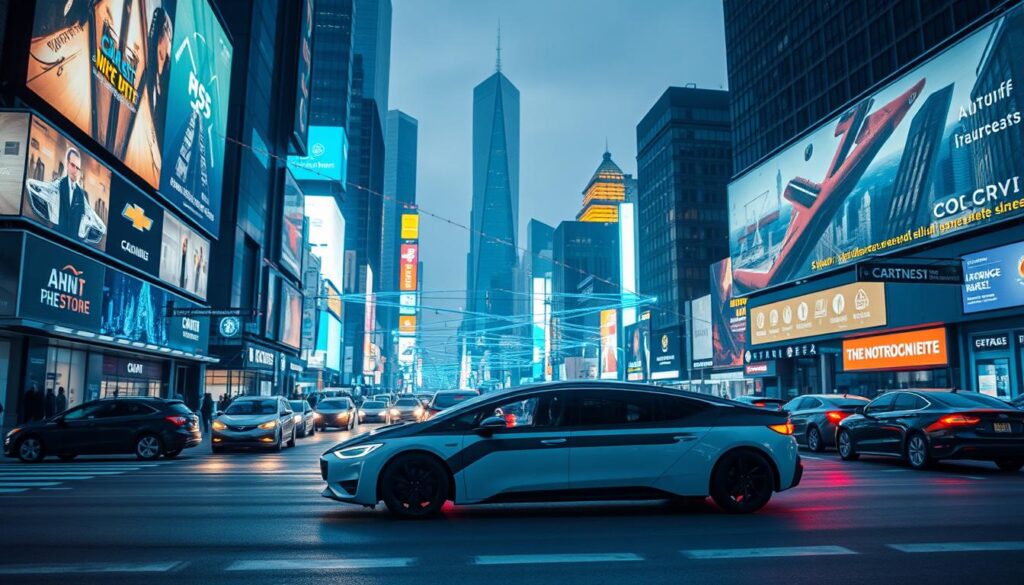
Connectivity is set to redefine the automotive landscape in 2025, with innovations that will change how we experience our cars. The Internet of Vehicles (IoV) is becoming a reality, integrating technology into vehicles to enhance their features and interaction with the environment.
Vehicle-to-Everything (V2X) Communication
Vehicle-to-Everything (V2X) communication is a critical component of the IoV, enabling vehicles to communicate with other vehicles, pedestrians, infrastructure, and the cloud. This technology has the potential to significantly improve road safety by providing real-time information about traffic conditions, hazards, and other critical factors. For instance, V2X can help prevent accidents by alerting drivers to potential dangers, such as a vehicle braking suddenly ahead or a pedestrian stepping into the road.
Enhanced Infotainment and User Experience
The integration of advanced infotainment systems is another key aspect of connectivity in vehicles. Modern infotainment systems are evolving beyond simple media players to become comprehensive digital ecosystems that integrate with users’ digital lives. For example, automaker Stellantis teamed up with Amazon to develop its “smart cockpit,” an electronic platform set to be featured in vehicles across the company’s 14 brands. This partnership highlights the growing trend of collaboration between automakers and tech companies to create more sophisticated in-car experiences. As we move forward, we can expect to see more consumer-centric features that make the driving experience more enjoyable and convenient.
To learn more about how IoT is transforming the automobile industry, visit Bombay Software’s blog on IoT in the automobile.
Upcoming Car Trends to Watch for in 2025: Design and Materials
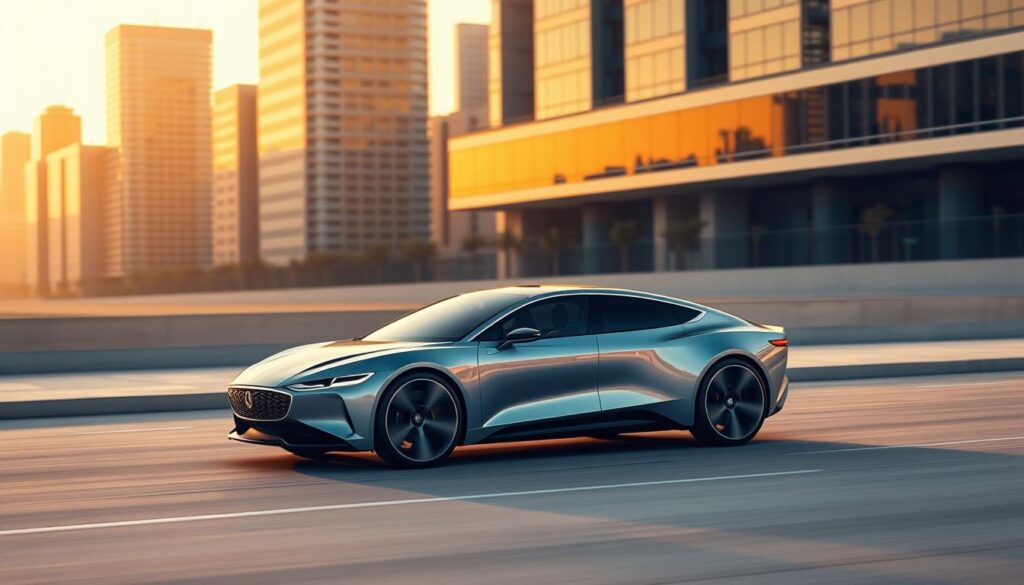
In 2025, we can expect significant advancements in car design, driven by the need for sustainability and efficiency. The automotive industry is continually evolving, and design plays a crucial role in this evolution.
Sustainable Materials and Manufacturing
The use of sustainable materials in car manufacturing is becoming increasingly important. Circular economy practices, such as battery recycling and increased traceability, are helping to make auto supply chains more sustainable. Industry collaboration is key here; for example, initiatives like Catena-X have developed secure data exchange systems to enable end-to-end traceability.
As a result, car manufacturers are now focusing on materials with a better strength-to-weight ratio, such as lightweight composites and high-strength steels, which not only reduce the overall weight of vehicles but also contribute to increased efficiency.
Aerodynamics and Efficiency-Focused Design
Aerodynamic design is taking center stage as manufacturers seek to maximize efficiency, particularly for electric vehicles where range is a critical selling point. Advanced computational fluid dynamics and wind tunnel testing are enabling designers to create shapes that reduce drag while maintaining attractive aesthetics.
- Active aerodynamic elements like adjustable spoilers and grille shutters are becoming more common.
- Interior designs are being reconsidered to maximize space efficiency while reducing weight.
| Design Element | Benefit | Impact on Vehicles |
|---|---|---|
| Aerodynamic Shapes | Reduced Drag | Increased Efficiency |
| Lightweight Materials | Weight Reduction | Better Fuel Economy |
| Active Aerodynamic Elements | Improved Performance | Enhanced Range for EVs |
Smart Cities and Vehicle Integration
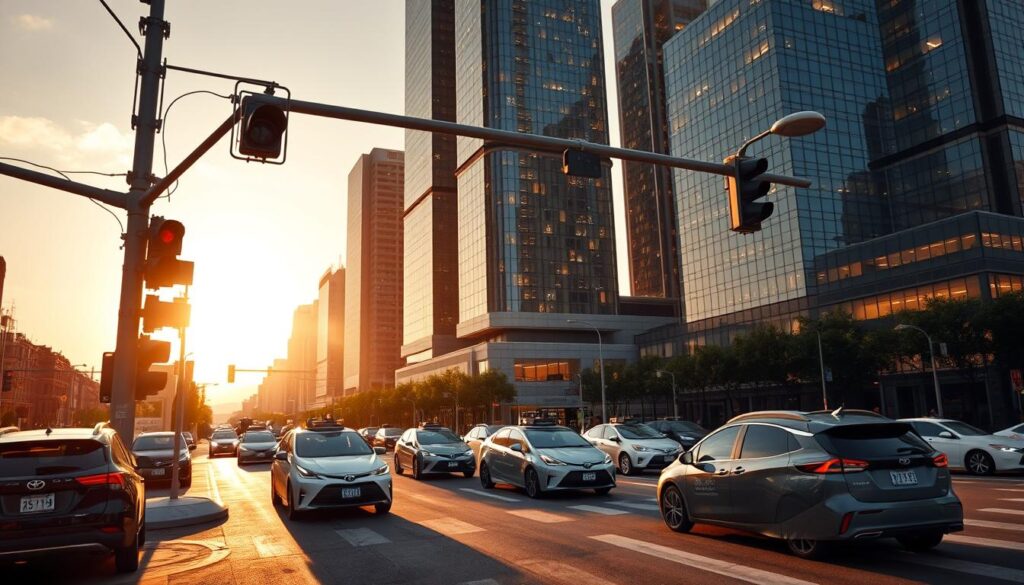
Smart cities are on the cusp of a revolution, driven by the integration of next-generation vehicles into their infrastructure. This integration is transforming urban landscapes and redefining transportation systems.
Urban Infrastructure Adaptations for Next-Gen Vehicles
Cities like San Francisco, Phoenix, and Beijing are pioneering the integration of autonomous vehicles into their traffic management systems. These cities are adapting their infrastructure to accommodate driverless taxis and other autonomous vehicles, leveraging data from various sources to create a more efficient system.
The use of advanced technologies is enabling cities to better manage the flow of traffic and reduce congestion.
Traffic Management and Reduced Congestion
Advanced traffic management systems powered by artificial intelligence are revolutionizing how cities handle vehicle flow and congestion. By aggregating real-time data from connected vehicles, traffic cameras, and roadway sensors, cities can create dynamic traffic management that adapts to changing conditions.
Predictive analytics enable traffic systems to anticipate congestion before it occurs and implement preventive measures, such as adjusted signal timing or suggested alternate routes, thereby reducing driving times and emissions from idling vehicles.
Changing Consumer Preferences and Buying Habits
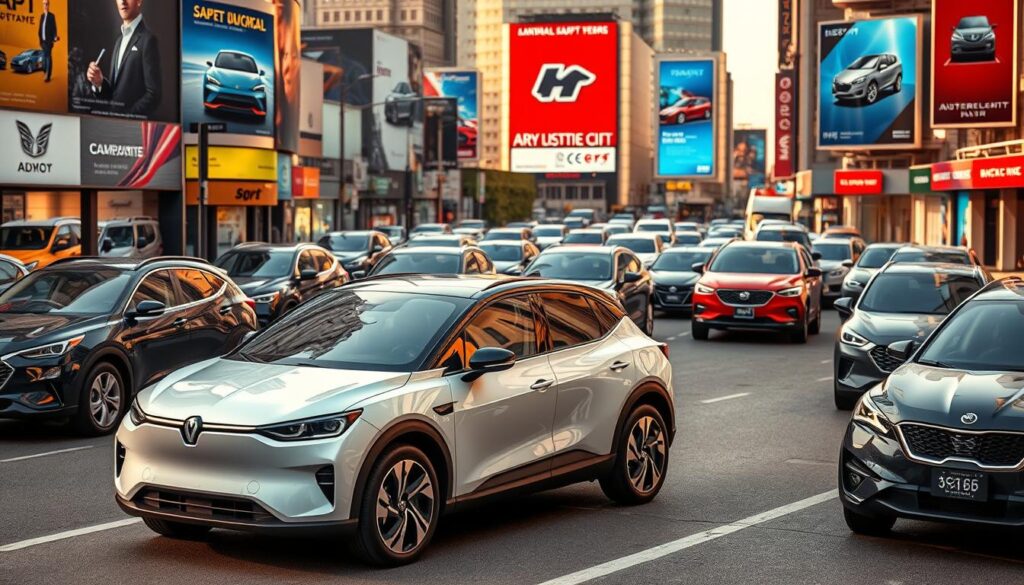
As we look towards 2025, it’s clear that consumer preferences in the automotive market are undergoing a significant transformation. The traditional model of car ownership is being challenged by new trends and technologies.
Generational Differences in Vehicle Priorities
Different generations have distinct priorities when it comes to vehicles. Younger generations tend to value sustainability, technology, and flexibility, often preferring models that offer advanced safety features and connectivity options. In contrast, older generations may prioritize reliability, comfort, and cost-effectiveness. Understanding these generational differences is crucial for businesses looking to tailor their services and models to meet diverse consumer needs.
The Shift from Ownership to Usership
The rise of shared mobility is changing the way people access vehicles. Car-sharing platforms and subscription services are becoming increasingly popular, especially in urban areas. This shift is projected to slow the growth rate of global auto sales from 3.6% to about 2% by 2030, according to McKinsey & Company. However, the decline in private ownership will be partially offset by shared vehicles requiring more frequent replacement due to higher utilization. Manufacturers are responding by developing vehicles specifically designed for shared use, with features like durable interiors and easy-to-clean surfaces.
Servitization: Everything as a Service
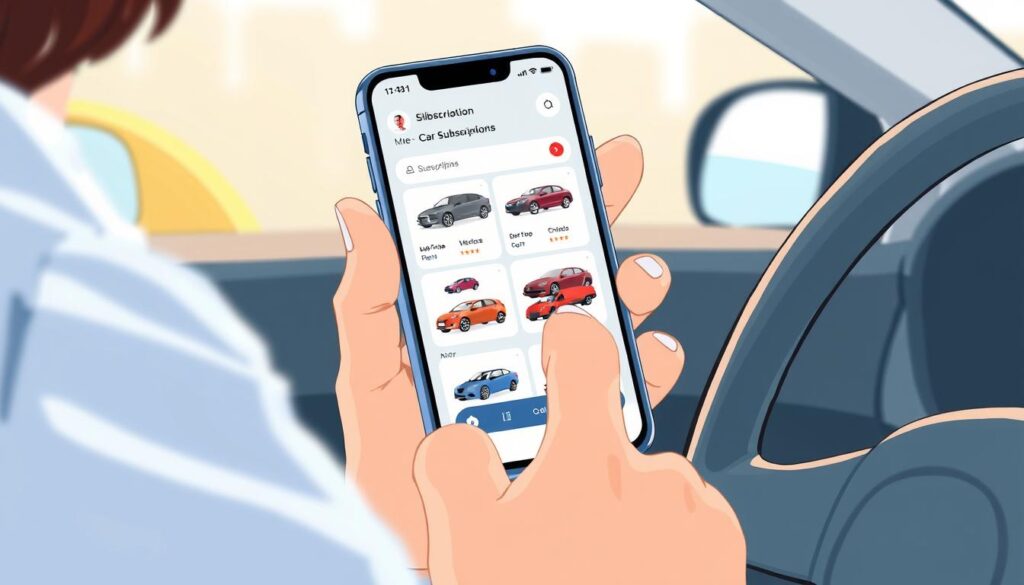
The concept of servitization is revolutionizing the automotive business model by focusing on services. This shift enables companies to provide customers with comprehensive mobility solutions, going beyond traditional vehicle sales.
Subscription Models and Flexible Ownership
Subscription models are gaining traction, offering customers flexible ownership options. This approach allows consumers to use vehicles without the long-term commitment of ownership, providing greater flexibility and convenience.
Bundled Mobility Services
Bundled mobility services are creating comprehensive transportation solutions that extend beyond the vehicle itself. These packages combine various transportation modes—personal vehicles, ride-sharing, public transit, and micro-mobility options like e-bikes—into unified services accessible through a single platform.
Key features include data-driven personalization, insurance products integrated into bundles with usage-based policies, and proactive maintenance services based on actual vehicle condition.
Supply Chain Innovations and Resilience
Supply chain resilience is becoming increasingly important for automotive companies, with technology being a key enabler of this resilience. As the industry continues to evolve, we are seeing a significant shift towards more robust and adaptable supply chains.
Diversification of Supplier Networks
Diversifying supplier networks is a critical strategy for enhancing supply chain resilience. By expanding their supplier base, automotive companies can reduce dependence on any single supplier, thereby mitigating risks associated with supply chain disruptions. Last year, Renault Group renewed its partnership with École des Ponts ParisTech to accelerate innovation in the supply chain using AI, exemplifying the industry’s move towards more sophisticated and resilient supply chain management practices.
Technology Integration in Supply Chain Management
The integration of advanced technologies is transforming supply chain management in the automotive industry. Technologies such as AI, blockchain, and IoT are being leveraged to predict and mitigate supply chain disruptions, improve transparency, and enhance overall efficiency.
Some of the key technological integrations include:
- AI and machine learning for predictive analytics
- Blockchain for transparent and verifiable tracking
- Digital twins for simulating and optimizing supply chain operations
- IoT sensors for real-time monitoring of inventory and transportation conditions
| Technology | Application in Supply Chain | Benefits |
|---|---|---|
| AI and Machine Learning | Predictive analytics for supply chain disruptions | Proactive mitigation strategies, reduced risk |
| Blockchain | Transparent tracking of components | Improved transparency, reduced counterfeiting |
| Digital Twins | Simulation and optimization of supply chain operations | Enhanced efficiency, reduced costs |
| IoT Sensors | Real-time monitoring of inventory and transportation | Improved visibility, faster response to disruptions |
By adopting these technologies and strategies, automotive companies are building more resilient and adaptable supply chains, capable of withstanding future challenges.
Notable Models and Releases Expected in 2025
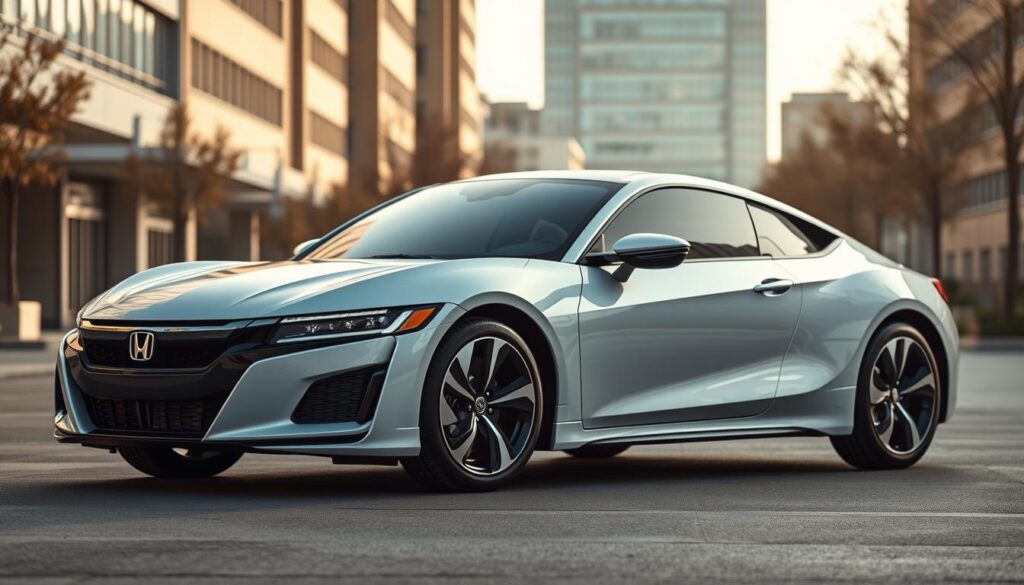
The automotive industry is on the cusp of a significant transformation, with 2025 set to unveil a range of innovative new vehicles. As manufacturers continue to innovate and adapt to changing consumer demands, we can expect a diverse lineup of models that embody the latest in automotive technology and design.
Electric Vehicles Coming to Market
The shift towards electrification continues to gain momentum, with several exciting new EV models slated for release in 2025. These vehicles are expected to offer significant advancements in battery technology, range, and overall performance. For instance, many new EVs are anticipated to feature improved battery capacities, enabling longer driving ranges without the need for recharging.
Key Features to Watch: Enhanced battery life, increased range, and faster charging capabilities.
Conventional and Hybrid Releases
While EVs are gaining traction, traditional internal combustion and hybrid vehicles continue to evolve with significant new releases planned for 2025. Hybrid technology is being applied to a wider range of vehicle types, including performance models like the revived Honda Prelude, which combines a sporty coupe design with an efficient hybrid powertrain.
Other notable releases include off-road capable vehicles like the redesigned Honda Passport, featuring rugged styling and enhanced capabilities with its 285-hp V6 engine. Efficiency improvements in conventional engines are also on the horizon, with many new models achieving 15-20% better fuel economy than their predecessors through technologies like advanced turbocharging and cylinder deactivation.
Regulatory Changes Shaping the Industry
Regulatory shifts are set to reshape the auto industry landscape in 2025. As we navigate these changes, it’s crucial to understand their implications on the industry’s future.
The regulatory landscape around emissions and electrification is expected to undergo significant changes. With the potential rollback of Biden-era climate policies, key initiatives like the Inflation Reduction Act might be scaled back or repealed. This could impact emissions-reduction projects and shift focus back to traditional energy sources.
Emissions Standards and Environmental Regulations
The potential changes in emissions standards and environmental regulations could have far-reaching consequences. Support for EV adoption might be affected as policies prioritize other areas. We can expect a significant impact on the industry’s transition to greener technologies.
| Regulatory Area | Potential Change | Industry Impact |
|---|---|---|
| Emissions Standards | Rollback of stringent standards | Reduced incentive for EV adoption |
| Environmental Regulations | Scaling back of green energy incentives | Shift to traditional energy sources |
Safety Requirements and Consumer Protection
Safety regulations are evolving to address new technologies and vehicle types. Crash testing protocols are being updated to account for the different characteristics of electric vehicles. Cybersecurity requirements are becoming more stringent as vehicles become more connected.
- Crash testing protocols are being updated for electric vehicles.
- Cybersecurity requirements are becoming more stringent.
- Battery safety standards are being developed for electric vehicles.
These changes are adding complexity to vehicle development but are ultimately creating safer products for consumers. As manufacturers adapt to these regulations, we can expect a safer and more secure vehicle landscape.
Conclusion: Navigating the Future of Automotive Innovation
As the automotive industry looks to 2025, it’s clear that the next few years will be pivotal. The convergence of electrification, autonomous technology, and changing consumer preferences is creating a period of transformation. Automakers that innovate and adapt to these trends will be well-positioned for success. For more insights on the top automotive innovations to watch for in 2025, visit our article on top 5 auto trends. We invite you to discuss these trends further via WhatsApp at +44-7822010953.
